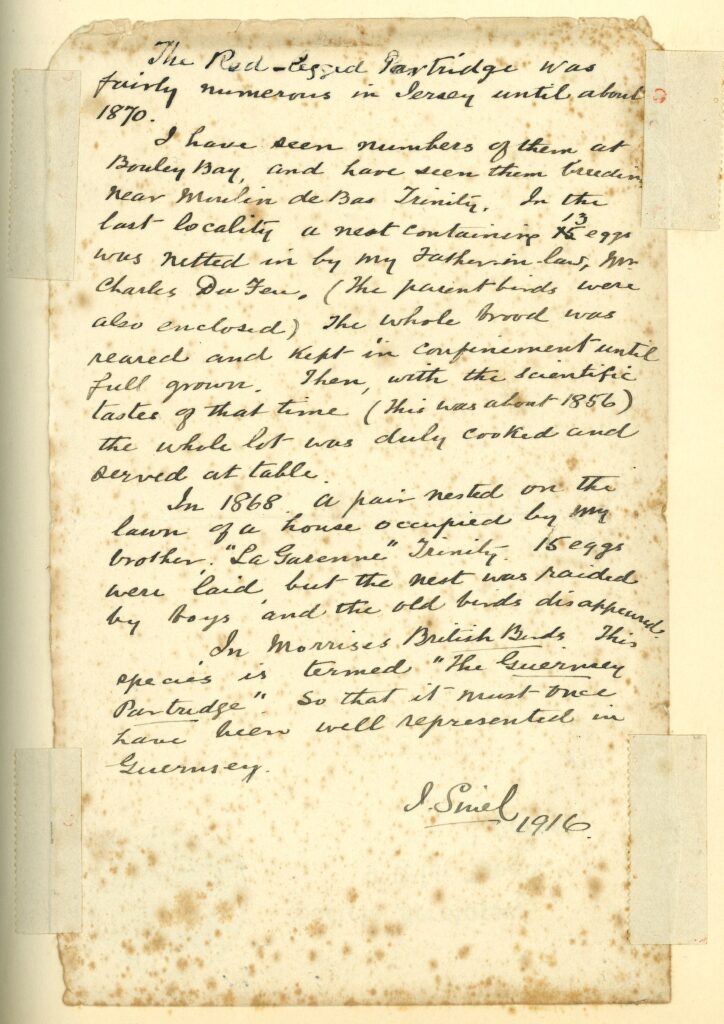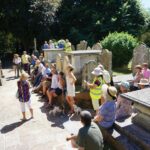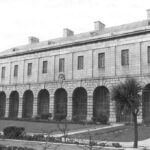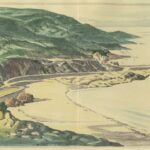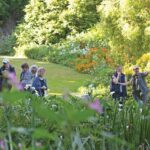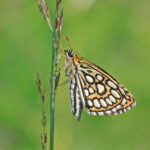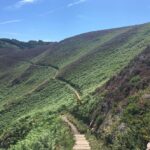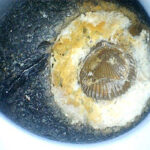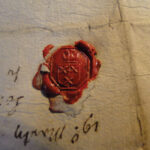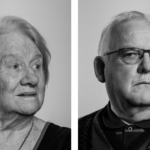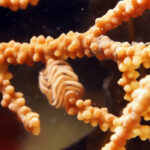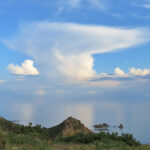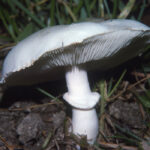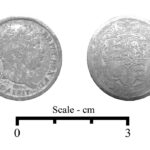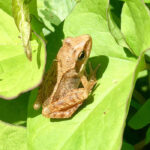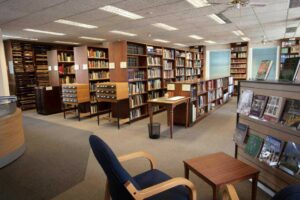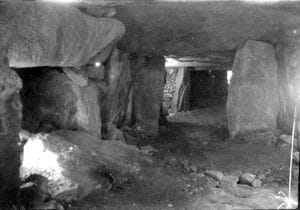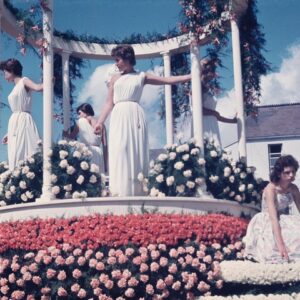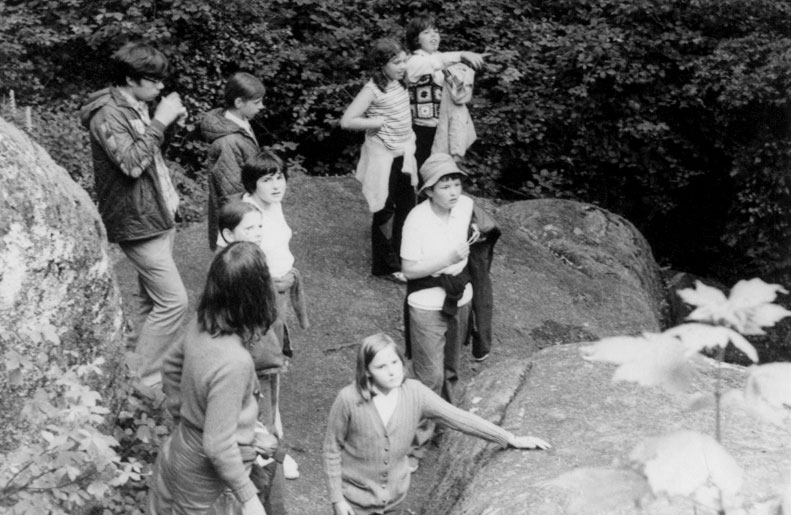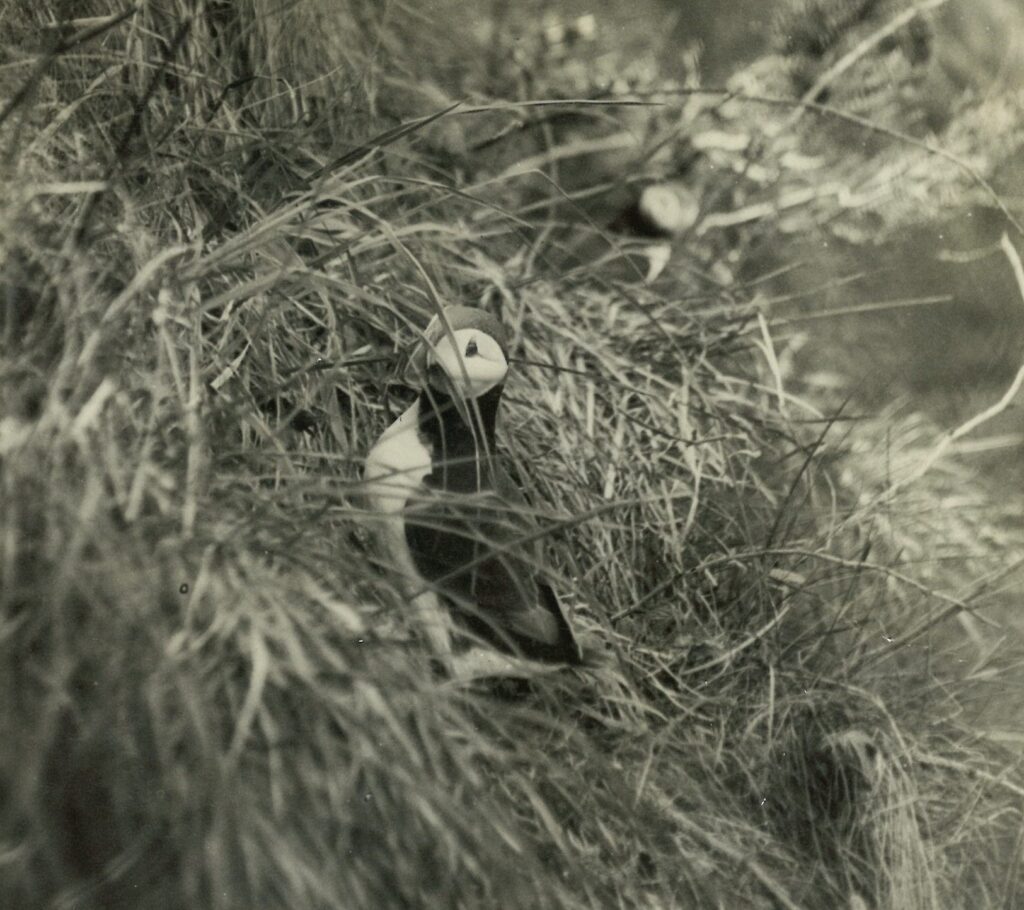
‘Roderick Dobson, one of the best field naturalists ever to live and work in Jersey, was born in Derbyshire in 1907. In his formative years he came under the influence of the Rev. F. C. R. Jourdain and for the rest of his life maintained an active interest in natural history wherever he was.
Following their marriage Roderick and his wife came to settle in Jersey in 1935 and he immediately began his studies of the ornithology of the Channel Islands which culminated in the publication in 1952 of The Birds of the Channel Islands. In writing this he searched through countless journals and papers, both published and private, for past records, each of which he meticulously checked as far as was possible. These he combined with his own original observations to produce a book invaluable both to the casual birdwatcher and the serious ornithologist.’
Extracts from Annual Bulletin, volume 22, 1979, Société Jersiaise.
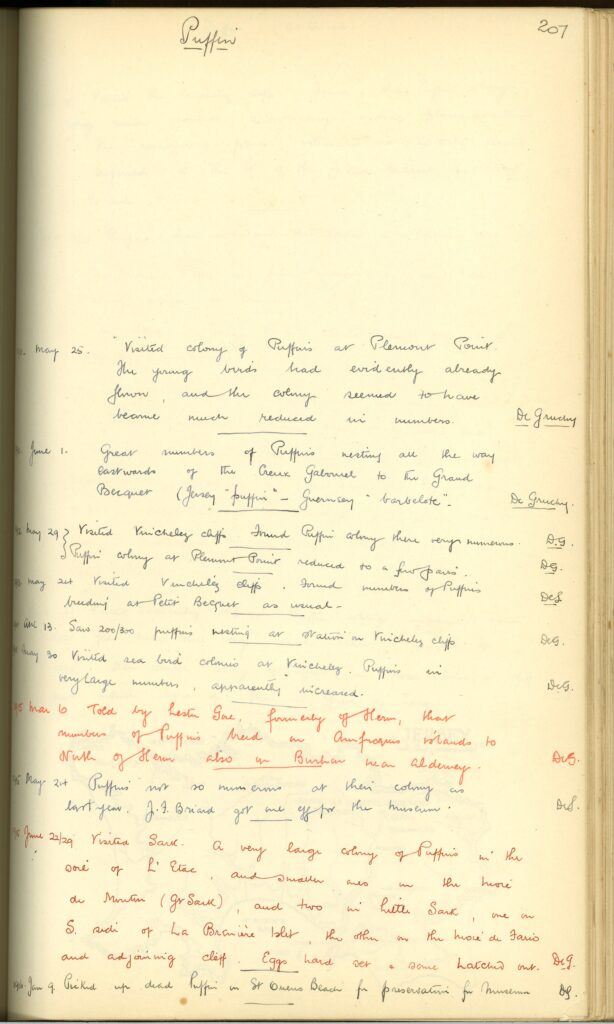
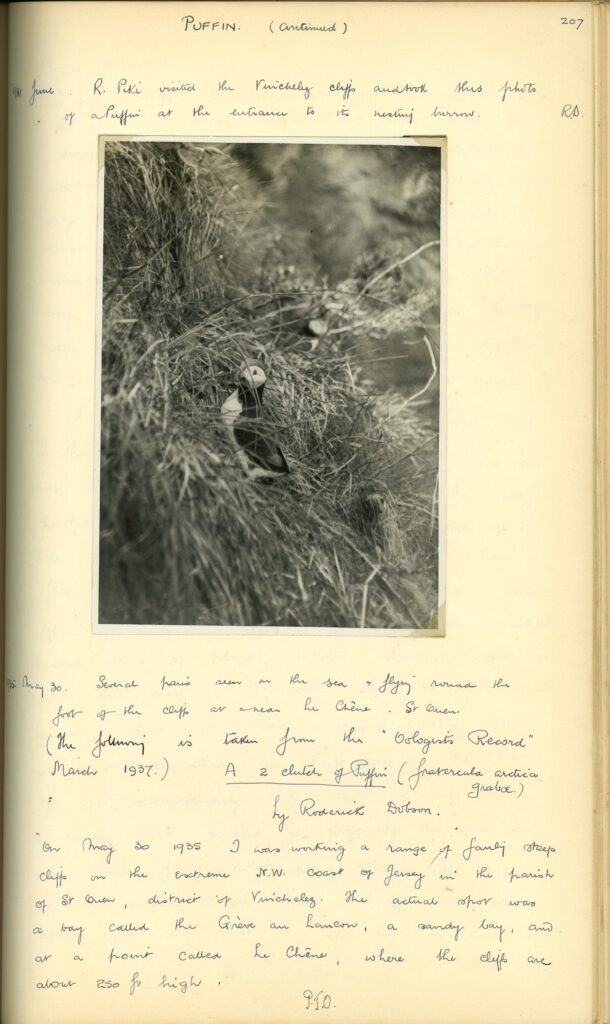
Lord Coutanche Library
Roderick Dobson’s field notes and photographs of the birds of the Channel Islands are stored in the Library’s archives. The collection also includes his notes on the dragonflies of the Channel Islands; his notes on the odonata of the Channel Islands; a bird sighting diary at Sandy Lodge, La Pulente, 1960-1965; a diary of events and observations April 20th 1973 – December 8th 1978 at Val d’Or, St Brelade; a catalogue of the birds in the Société Jersiaise Museum; an audiotape of the reminiscences of Roderick Dobson; an abbreviated diary of a voyage from London to Sydney in 1967, diary of a car and caravan trip from and to Canberra in 1967-68; and a diary aboard the ‘Auckland Star’ 1968 and his notes on birds 1968-1973.
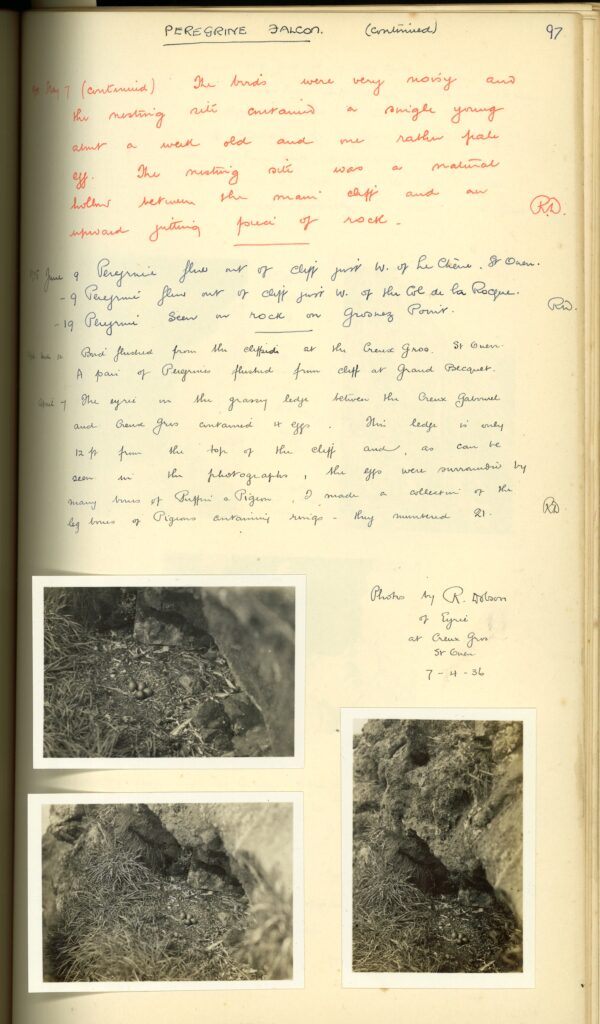
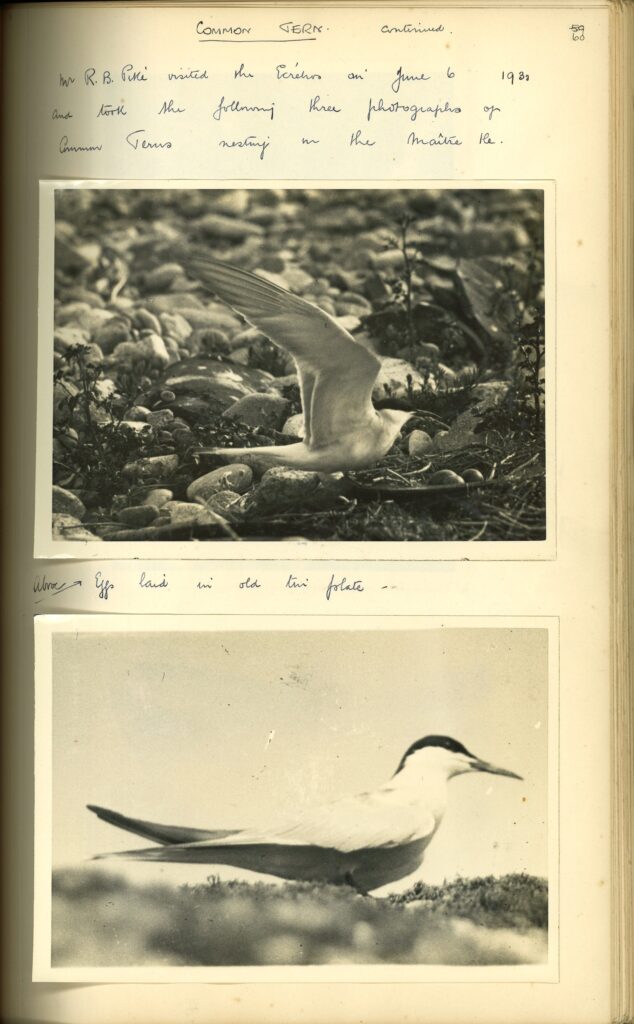
Dobson, Roderick (1907-1979) Naturalist and Cinematographer
Roderick Dobson was born on the 29th of April 1907, the only child of Walter and Evelyn Dobson, a brewing family, in Shardlow, Derbyshire.
A spell in Ceylon, as it was known then, tea-planting, enabled Dobson to compile a valuable collection of the eggs of its breeding birds, which he presented to the island’s National Museum in Colombo in 1933. The following year he married Winifred King, in Australia, returned to Europe and settled in Jersey as a grower with a range of glasshouses in Saint Saviour. He immediately began a thorough-going study of the birds of all the Channel Islands and the history of the region’s ornithology and, later, embarked on a scholarly investigation, starting almost from scratch, into the dragonflies of Jersey.
Prior to the 1940’s, ornithology was based on the collection both of adult birds and eggs. A number of diarists, however, had recorded their observations and Dobson made a thorough search, both within and outside the islands, for all such records. It was his painstaking collecting of all possible published and unpublished material that gave his book Birds of the Channel Islands (1952) such an authoritative historical basis. The data for this book were being gathered in the 1930s and ‘40s, fortunately, just before the turmoil of the war dispersed much of the primary material, perhaps for ever. This immensely valuable book has been the basis for all subsequent comparative ornithology in the islands.
Dobson’s investigative skill in a much-neglected field was matched by keen observation and, most importantly, a meticulously kept record of all he saw and did. As a member of the British Oological Society he was influenced by J. H. Walpole-Bond and other eminent field ornithologists, and made a superb, comprehensive collection of eggs of the birds breeding in Jersey, and the other Channel Islands. This he generously donated, along with his equally fine collection of dragonflies, in handsome cabinets, to the Société Jersiaise.
After the Occupation, Dobson made two extended visits to Australia where, mostly between 1951 and 1956, in a remarkable series of travels in a motor-caravan with his wife from Tasmania to the Torres Strait, he transformed the study of Australian Odonata. He found at least fifteen previously unrecognised species or subspecies, four of which have been named after him, and his almost complete collection of the Known Australian dragonflies made a substantial contribution to the national collection in Canberra.
On returning to Jersey, he concentrated on natural history film-making at which he had already has some success. The B.B.C. broadcast four of his films: Look at the Norman Isles, with Peter Scott; Naturalist at sea; Down under Capricorn; and Escape to nature. The first and last of these are fine expositions of natural history in the Channel Islands.
Dobson’s background in natural history led him to join Gerald Durrell in the carpentering role of installing the initial animal cages and enclosures for the newly-established zoo at Les Augrès Manor. His task was purely one of construction which suited his practical aptitude, although his easy-going pragmatism did not always meet with the approval of the nearby parishioners of Trinity, apprehensive of their new neighbours.
Roderick Dobson’s encouragement of young potential naturalists, manifested his work during the German Occupation with junior members of the Société Jersiaise, was high in his priorities and guided several youngsters into a lifelong interest in the natural world. In recognition of his contribution to the work of the Société Jersiaise he was elected an Honorary Life Member in 1977 and, following his death on the 25th of March 1979, the Société established the Roderick Dobson Award, an annual prize to young people for natural history studies in the Channel Islands.
Extract from Francis L. M. Corbet’s A biographical Dictionary of Jersey, volume 2, Société Jersiaise, 1998.
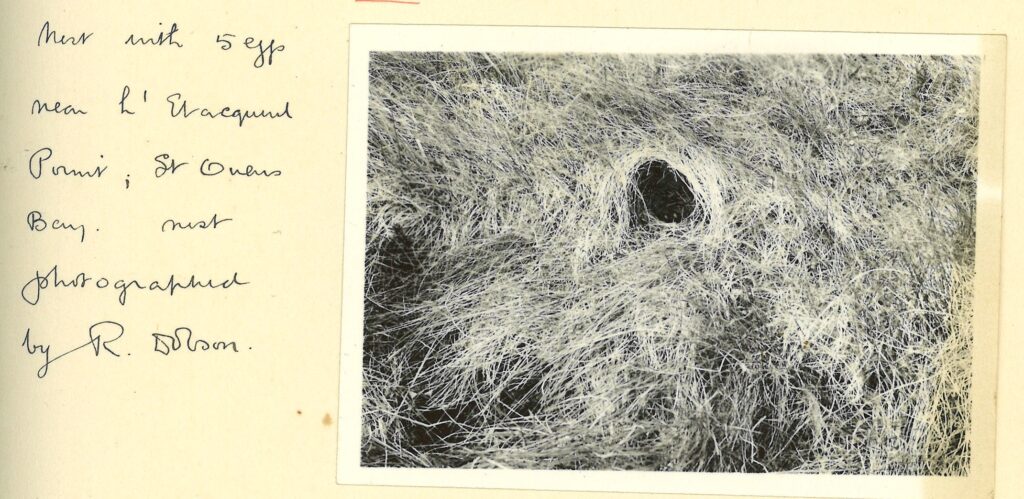
The Roderick Dobson Natural History Award
The Société Jersiaise is reviving an awards scheme established in memory of Roderick Dobson, one of Jersey’s most distinguished field naturalists. The award, originally intended to recognise original field work by school pupils, is now being widened to include school leavers, students, mature naturalists and even groups. The Société Jersiaise has also decided to encourage proposals as well as finished work.
Applicants may put forward a detailed synopsis of a proposed area of study backed up by an explanation of why an award would be justified.
Awards of up to £1500 would be made on the understanding that the proposals would result in hard copy suitable for publication.
To read the Roderick Dobson Award Constitution and learn about the application process, please click the link below.
